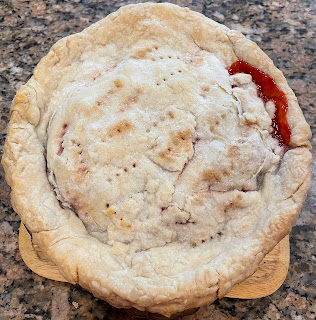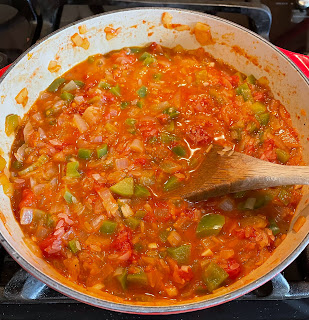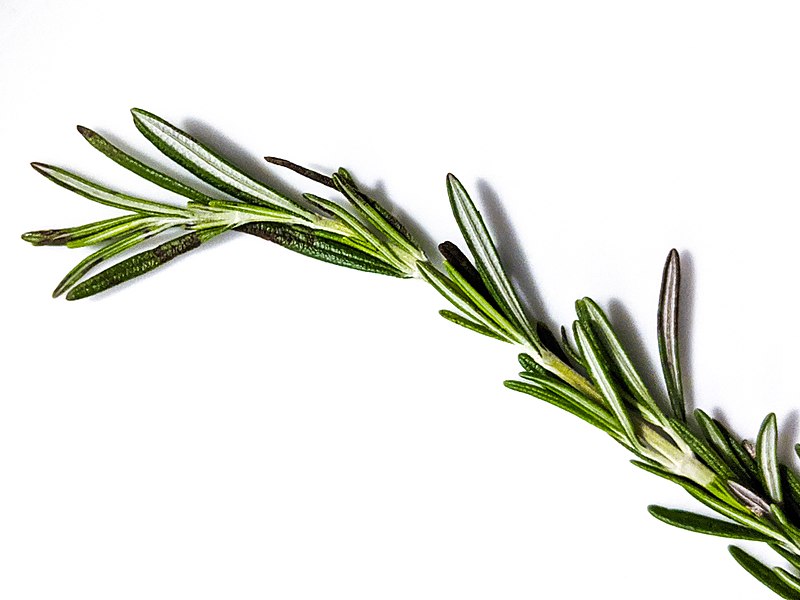These changes in the summer season also coincide with our Utah state holiday, also known as Pioneer Day. For those of you who are less familiar with Utah and our local quirks, July 24 is the day that the Mormon pioneers arrived in the Salt Lake Valley in 1847. Their leader, Brigham Young, declared, "This is the place."
During my early growing up years, I was quite the connoisseur of pioneer stories of any kind. I have memories of teaching myself to read silently while reading Little House in the Big Woods. I had begun by reading it out loud (seemed logical to my 5- or 6-year-old self at the time); however, I think my mother quickly tired of listening to me and asked, "Can't you just read to yourself?" I remember taking the time to figure out the process, and ultimately managed to finish the book. At any rate, my love of pioneer stories translated into thinking that it was pretty neat that we had a Pioneer Day holiday. I even have memories of watching the big parade in Salt Lake City on our 13-inch black-and-white television set and dressing up in pioneer costumes.
So why the pie? On the one hand, it might seem idyllic to think about a homemade treat for a day celebrating the state's pioneer heritage. Around 15 years ago, some groups decided that if one says Pioneer Day really fast, it sort of sounds like Pie N' Beer Day. Some of the local breweries have turned it into a bit of an event. Others of us, who really don't care for anything stronger than root beer anyway, are happy to enjoy a little cheeky fun and enjoy some pie.
So why rhubarb? Because, plain and simple, I have an abundance in the garden right now. Even with giving much away, I still have plenty. It's been a while since I made a strawberry rhubarb pie, so I thought it would be fun to make one; and, I like making pie. My current challenge is that there are now just the two of us at home, so making a large pie becomes rather impractical. Fortunately, I have a 7-inch pie pan that is a great size for a pie that will allow us to enjoy dessert over 3 to 4 nights. If I'm making a pie in this pan, I will typically cut the recipe for the filling in half. I haven't done the calculations; however, practical experience tells me I'm not too far off.
Rhubarb actually is a vegetable that is used as a fruit due to its sweet/sour taste. It was first described in China over 1,800 years ago and made its way to Europe via the Silk Road. Its root was initially used for medicinal purposes. It wouldn't be until the the 18th century or so that its stalks were used more widely for culinary purposes. Apparently, several species of rhubarb exist and may be more predominantly green or red. Here's a picture of the single plant I have in my garden. Note that it's been recently rather heavily harvested.
With that, let's get on to making a strawberry rhubarb pie for two.
1 recipe for a double-crust 9-inch pie crust. (It's just easier for me to make the amount for a double-crust 9-inch pie than to do more math. That way if you end up with a little more filling than your 7-inch pan can hold, you can always make an even smaller extra pie.) I just go to the Betty Crocker cookbook for my stand-by pie crust recipe.
Filling ingredients
- 1 1/4 cup chopped rhubarb (Take a look at the pictures below to see how I chopped up my rhubarb. I opted for smaller pieces.)
- 1 1/4 cup chopped strawberries
- 1/2 cup sugar
- 1.5 tbsp tapioca flour
- 1/2 tbsp all-purpose flour
- 1-2 tbsp butter
- Stir the rhubarb, strawberries, sugar, tapioca flour, and all-purpose flour together. Here's what it will look like. The stalks on my rhubarb plant are more green than red so they look a bit like chopped celery.
- Roll out the bottom portion of the pie crust, place it in the pie pan, and spoon in the filling. This recipe made just the right amount for the 7-inch pan.
- Roll out the top crust place it over the filling and crimp the edges. (You will see in the photo below that my crust didn't stay in one piece so it's a little pieced together. Artistry is not my strength, but I usually can make food that will taste good.)
- Poke some holes in the top for ventilation and sprinkle with sugar. (If you like, you can brush the top with egg wash. I prefer to just leave the crust as is.)
- Lightly cover the outer circumference with foil and bake for 15 minutes at 425ºF. Remove the foil and bake for another 30 minutes or so until the crust is lightly browned and the juices are starting to bubble through the vent holes.
- Here it is out of the oven. As you can see, the patching didn't totally hold, but you can see how the crust is browned and the filling is bubbling up.







































